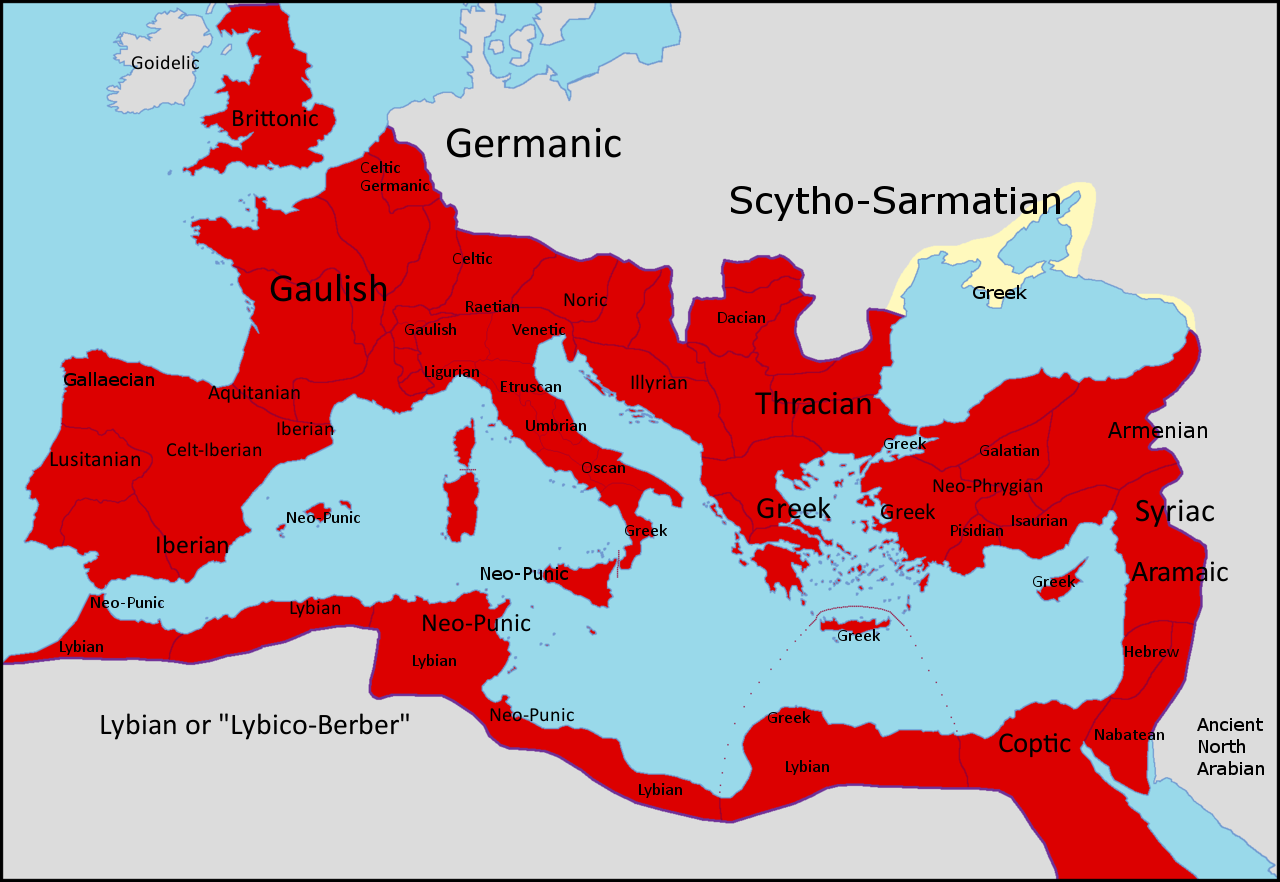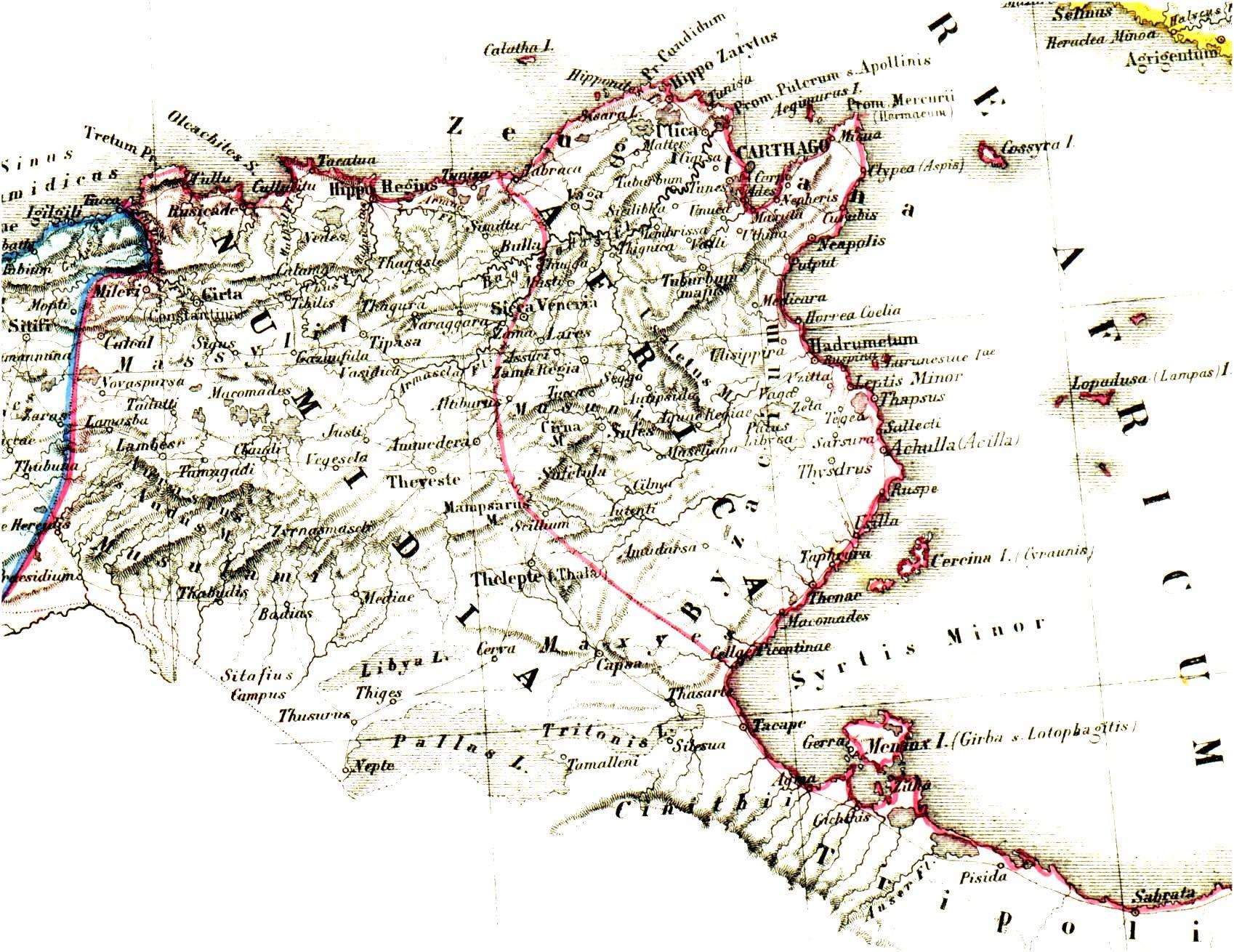|
Languages Of Tunisia
Of the languages of Tunisia, Arabic is the sole official language according to the Constitution of Tunisia, Tunisian Constitution. The vast majority of the population today speaks Tunisian Arabic as their native language, which is mutually intelligible to a limited degree with other Maghrebi Arabic dialects. Most inhabitants are also literate in Modern Standard Arabic (literary Arabic), which is taught at the primary and secondary education levels. A significant portion of the population can speak French language, French to varying degrees, as French was the common language of business and administration during French Tunisia, French rule in the region. Eastern Berber languages are still spoken by some Tunisian minority groups (few thousands), but nowadays they use Arabic as the first language. Tunisian Arabic The Tunisian Arabic () is considered a Varieties of Arabic, variety of Arabic – or more accurately a Dialect continuum, set of dialects. Tunisian is built upon a signi ... [...More Info...] [...Related Items...] OR: [Wikipedia] [Google] [Baidu] |
Modern Standard Arabic
Modern Standard Arabic (MSA) or Modern Written Arabic (MWA) is the variety of Standard language, standardized, Literary language, literary Arabic that developed in the Arab world in the late 19th and early 20th centuries, and in some usages also the variety of spoken Arabic that approximates this written standard. MSA is the language used in literature, academia, print media, print and mass media, law and legislation, though it is generally not spoken as a first language, similar to Contemporary Latin. It is a Pluricentric language, pluricentric standard language taught throughout the Arab world in formal education, differing significantly from many vernacular varieties of Arabic that are commonly spoken as mother tongues in the area; these are only partially mutually intelligible with both MSA and with each other depending on their proximity in the Dialect continuum#Arabic, Arabic dialect continuum. Many linguists consider MSA to be distinct from Classical Arabic (CA; ) – t ... [...More Info...] [...Related Items...] OR: [Wikipedia] [Google] [Baidu] |
Official Language
An official language is defined by the Cambridge English Dictionary as, "the language or one of the languages that is accepted by a country's government, is taught in schools, used in the courts of law, etc." Depending on the decree, establishment of an official language might also place restrictions on the use of other languages. Designated rights of an official language can be created in written form or by historic usage. An official language is recognized by 178 countries, of which 101 recognize more than one. The government of Italy made Italian language, Italian their official language in 1999, and some nations (such as Mexico and Australia) have never declared ''de jure'' official languages at the national level. Other nations have declared non-indigenous official languages. Many of the world's constitutions mention one or more official or national languages. Some countries use the official language designation to empower indigenous groups by giving them access to the gover ... [...More Info...] [...Related Items...] OR: [Wikipedia] [Google] [Baidu] |
Code-switching
In linguistics, code-switching or language alternation occurs when a speaker alternates between two or more languages, or language varieties, in the context of a single conversation or situation. These alternations are generally intended to influence the relationship between the speakers, for example, suggesting that they may share identities based on similar linguistic histories. Code-switching is different from plurilingualism in that plurilingualism refers to the ability of an individual to use multiple languages, while code-switching is the act of using multiple languages together. Multilinguals (speakers of more than one language) sometimes use elements of multiple languages when conversing with each other. Thus, code-switching is the use of more than one linguistic variety in a manner consistent with the syntax and phonology of each variety. Code-switching may happen between sentences, sentence fragments, words, or individual morphemes (in synthetic languages). Ho ... [...More Info...] [...Related Items...] OR: [Wikipedia] [Google] [Baidu] |
Tunisian Diaspora
The Tunisian diaspora refers to people of Tunisian origin living outside that country. It is the direct result of the strong rate of emigration which Tunisia has experienced since its independence in 1956. In the 1960s and 70s, the favourable economic situation in France and Europe increased the phenomenon. The beginning of the 1980s saw the clear development of a Tunisians, Tunisian community in Europe as a result of the large number of people.Sonia Mabrouk, « Un diplôme pour visa », ''Jeune Afrique'', 27 avril 2008, pp. 71-72 Population In 2014 the number of Tunisians residing abroad was numbered at 1,282,371 individuals,of which 87% were living in Europe . However, this official figure appears to be lower than reality because of the inadequate recording of mig ... [...More Info...] [...Related Items...] OR: [Wikipedia] [Google] [Baidu] |
Multilingualism
Multilingualism is the use of more than one language, either by an individual speaker or by a group of speakers. When the languages are just two, it is usually called bilingualism. It is believed that multilingual speakers outnumber monolingual speakers in the world's population. More than half of all Europeans claim to speak at least one language other than their mother tongue; but many read and write in one language. Being multilingual is advantageous for people wanting to participate in trade, globalization and cultural openness. Owing to the ease of access to information facilitated by the Internet, individuals' exposure to multiple languages has become increasingly possible. People who speak several languages are also called '' polyglots''. Multilingual speakers have acquired and maintained at least one language during childhood, the so-called first language (L1). The first language (sometimes also referred to as the mother tongue) is usually acquired without formal ... [...More Info...] [...Related Items...] OR: [Wikipedia] [Google] [Baidu] |
Stratum (linguistics)
In linguistics, a stratum (Latin for 'layer') or strate is a historical layer of language that influences or is influenced by another language through contact. The notion of "strata" was first developed by the Italian linguist Graziadio Isaia Ascoli, and became known in the English-speaking world through the work of two different authors in 1932. Both concepts apply to a situation where an intrusive language establishes itself in the territory of another, typically as the result of migration. Whether the superstratum case (the local language persists and the intrusive language disappears) or the substratum one (the local language disappears and the intrusive language persists) applies will normally only be evident after several generations, during which the intrusive language exists within a diaspora culture. In order for the intrusive language to persist, the ''substratum'' case, the immigrant population will either need to take the position of a political elite or immigrate ... [...More Info...] [...Related Items...] OR: [Wikipedia] [Google] [Baidu] |
Punic Language
The Punic language, also called Phoenicio-Punic or Carthaginian, is an extinct variety of the Phoenician language, a Canaanite languages, Canaanite language of the Northwest Semitic languages, Northwest Semitic branch of the Semitic languages. An offshoot of the Phoenician language of coastal West Asia (modern Lebanon and north western Syria), it was principally spoken on the Mediterranean coast of Northwest Africa, the Iberian Peninsula and several List of islands in the Mediterranean, Mediterranean islands, such as Malta, Sicily, and Sardinia by the Punic people, or western Phoenicians, throughout classical antiquity, from the 8th century BC to the 6th century AD. History Early history Punic is considered to have gradually separated from its Phoenician parent around the time that Carthage became the leading Phoenician city under Mago I of Carthage, Mago I, but scholarly attempts to delineate the dialects lack precision and generally disagree on the classification. The Punics s ... [...More Info...] [...Related Items...] OR: [Wikipedia] [Google] [Baidu] |
African Romance
African Romance, African Latin or Afroromance is an extinct Romance languages, Romance language that was spoken in the various provinces of Africa (Roman province), Roman Africa by the African Romans under the later Roman Empire and its various post-Roman successor states in the region, including the Vandal Kingdom, the Byzantine Empire, Byzantine-administered Exarchate of Africa and the Berbers, Berber Mauro-Roman Kingdom. African Romance is poorly attested as it was mainly a Spoken language, spoken, vernacular language''.'' There is little doubt, however, that by the early 3rd century AD, some native provincial variety of Latin was fully established in Africa.' After the Muslim conquest of the Maghreb, conquest of North Africa by the Umayyad Caliphate in 709 AD, this language survived through to the 12th century in various places along the North African coast and the immediate littoral,' with evidence that it may have persisted up to the 14th century,' and possibly even the 15 ... [...More Info...] [...Related Items...] OR: [Wikipedia] [Google] [Baidu] |
Dialect Continuum
A dialect continuum or dialect chain is a series of Variety (linguistics), language varieties spoken across some geographical area such that neighboring varieties are Mutual intelligibility, mutually intelligible, but the differences accumulate over distance so that widely separated varieties may not be. This is a typical occurrence with widely spread languages and language families around the world, when these languages did not spread recently. Some prominent examples include the Indo-Aryan languages across large parts of India, varieties of Arabic across north Africa and southwest Asia, the Turkic languages, the varieties of Chinese, and parts of the Romance languages, Romance, Germanic languages, Germanic and Slavic languages, Slavic families in Europe. Terms used in older literature include dialect area (Leonard Bloomfield) and L-complex (Charles F. Hockett). Dialect continua typically occur in long-settled agrarian populations, as innovations spread from their various poin ... [...More Info...] [...Related Items...] OR: [Wikipedia] [Google] [Baidu] |
Varieties Of Arabic
Varieties of Arabic (or dialects or vernaculars) are the linguistic systems that Arabic speakers speak natively. Arabic is a Semitic languages, Semitic language within the Afroasiatic languages, Afroasiatic family that originated in the Arabian Peninsula. There are considerable variations from region to region, with degrees of mutual intelligibility that are often related to geographical distance and some that are mutually unintelligible. Many aspects of the variability attested to in these modern variants can be found in the ancient Arabic dialects in the peninsula. Likewise, many of the features that characterize (or distinguish) the various modern variants can be attributed to the original settler dialects as well as local native languages and dialects. Some organizations, such as SIL International, consider these approximately 30 different varieties to be separate languages, while others, such as the Library of Congress, consider them all to be dialects of Arabic. In terms of ... [...More Info...] [...Related Items...] OR: [Wikipedia] [Google] [Baidu] |
Eastern Berber Languages
The Eastern Berber languages are a group of Berber languages spoken in Libya and Egypt. They include Awjila, Sokna and Fezzan (El-Fogaha), Siwi and Ghadamès, though it is not clear that they form a valid genealogical group. Eastern Berber is generally considered as part of the Zenatic Berber supergroup of Northern Berber. Classification Kossmann (1999:29, 33) divides them into two groups: * one consisting of Ghadamès and Awjila. These two languages are the only Berber languages to preserve proto-Berber *β as β;Kossmann 1999:61. elsewhere in Berber it becomes ''h'' or disappears. * the other consisting of Nafusi (excluding Zuwara and southern Tunisia), Sokna (El-Foqaha) and Siwi. This shares some innovations with Zenati, and others (e.g. the change of *ă to ə and the loss of *β) with Northern Berber in general. Blench (ms, 2006) lists the following as separate languages, with dialects in parentheses; like ''Ethnologue'', he classifies Nafusi as Eastern Zenati. ... [...More Info...] [...Related Items...] OR: [Wikipedia] [Google] [Baidu] |



